Architectural landmark Matrex joins Moscow’s Skolkovo tech park
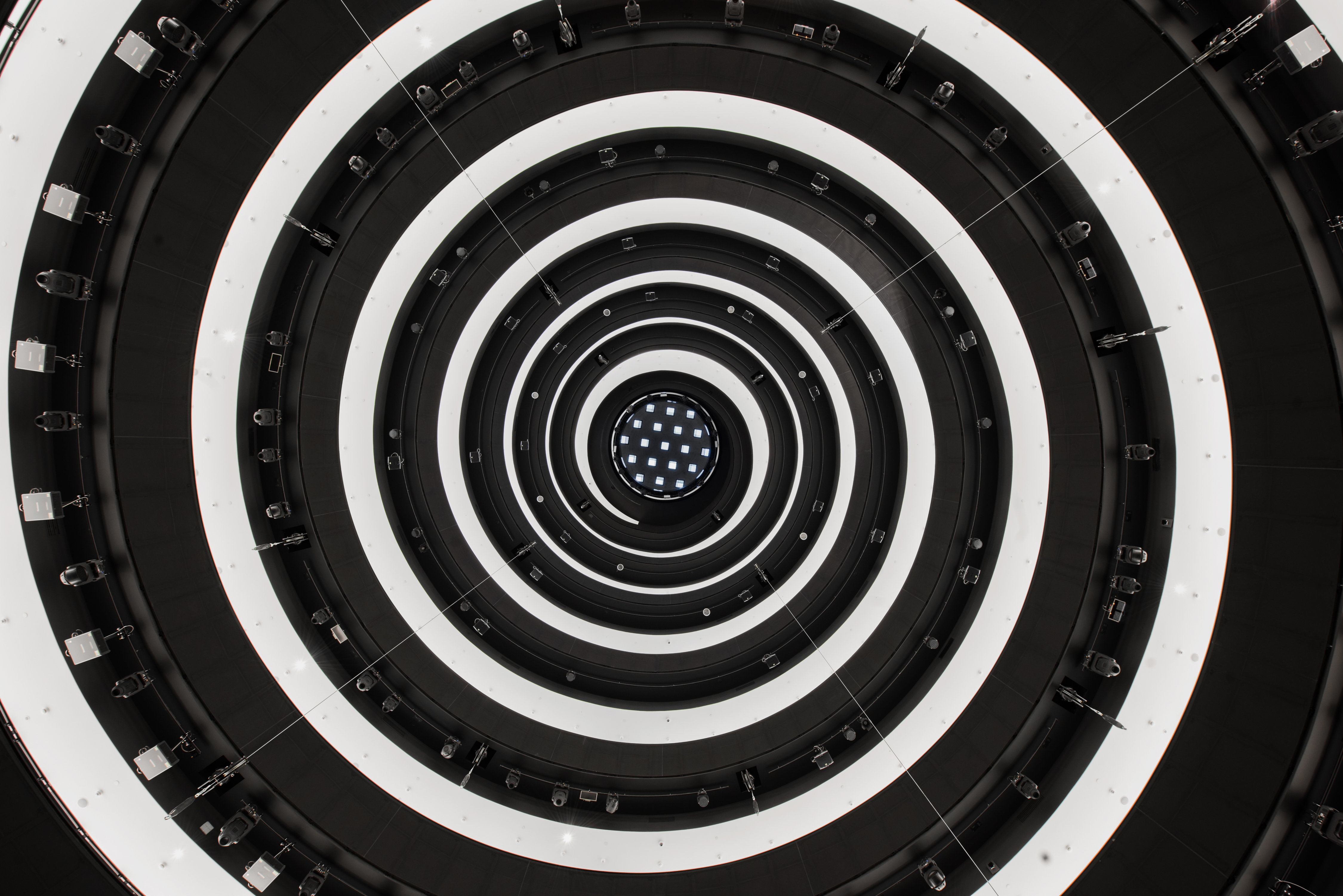
Set at the heart of Moscow's Skolkovo Innovation Centre – the city's dedicated business and innovation technology park – Matrex rises above its neighbours like a towering pyramid. The brainchild of Russian architect Boris Bernaskoni, this is not only a hard-to-miss, new architectural symbol for the wider complex; it is also an architectural exercise about bridging opposites and uniting different worlds through architecture.
Conceived as a truly mixed-use building, Matrex was designed to house from a series of office spaces for business start-ups, to a museum and exhibition areas, a conference centre, a restaurant, and a fitness centre.
Bernaskoni, whose relatively young but extremely dynamic practice is also behind works such as the ARC Pavilion in Nikola-Lenivets and a masterplan for New Holland Island activities in St Petersburg, leapt at the opportunity to take the challenge on and created an iconic shape that is set to become a visual shorthand for the whole Skolkovo development. His previous experience in the area included Hypercube, the first ever building to complete in the tech park (in 2012), and a multifunctional building too; albeit a rather different one, all transformable screens and new media references.

The new build structure is located in Moscow's business and technology park, Skolkovo Innovation Centre.
With Matrex, Bernaskoni went for an approach designed to underline the multifunctional nature of the building's programme through a single, strong concept. He created a monolithic, pyramidal overall shape, clad in glass. This hides a much softer, curvier void inside, which can only be clearly seen during the night, when the building is dramatically illuminated from within. ‘There’s a humanitarian message in this project', he points out. ‘What’s the main thing in architecture? Many believe it’s a wall or a form. This isn’t true! The most important thing is what’s found between the walls. It’s something you never see, but only feel when you move around inside an object and are impressed by it.'
This way, he explains, the structure is both strong, through the sharp shape of the pyramid, and artful, through the connotations a matryoshka brings – since the building is quite literally many buildings within a building in the style of the famous Russian nesting doll. ‘When you look at Matrex, you see a pyramid by day and a matryoshka by night', continues Bernaskoni. ‘Optically, these are two shapes of contrasting geometry, but in the language of architecture, the pyramid is a geometric simplification of the form of the matryoshka'.
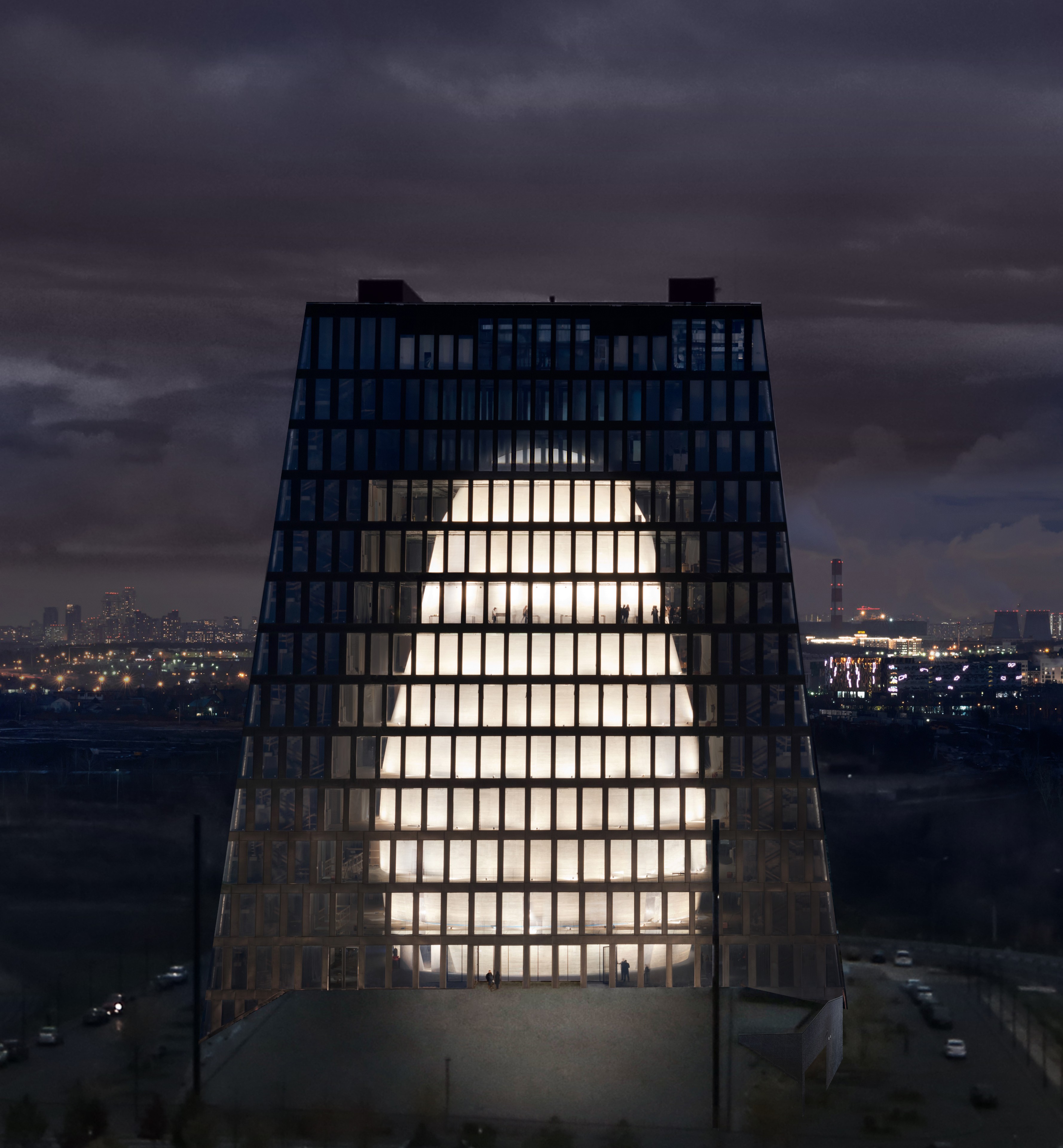
The impressive project incorporates office space, a museum, a restaurant and a multifunctional space for events.
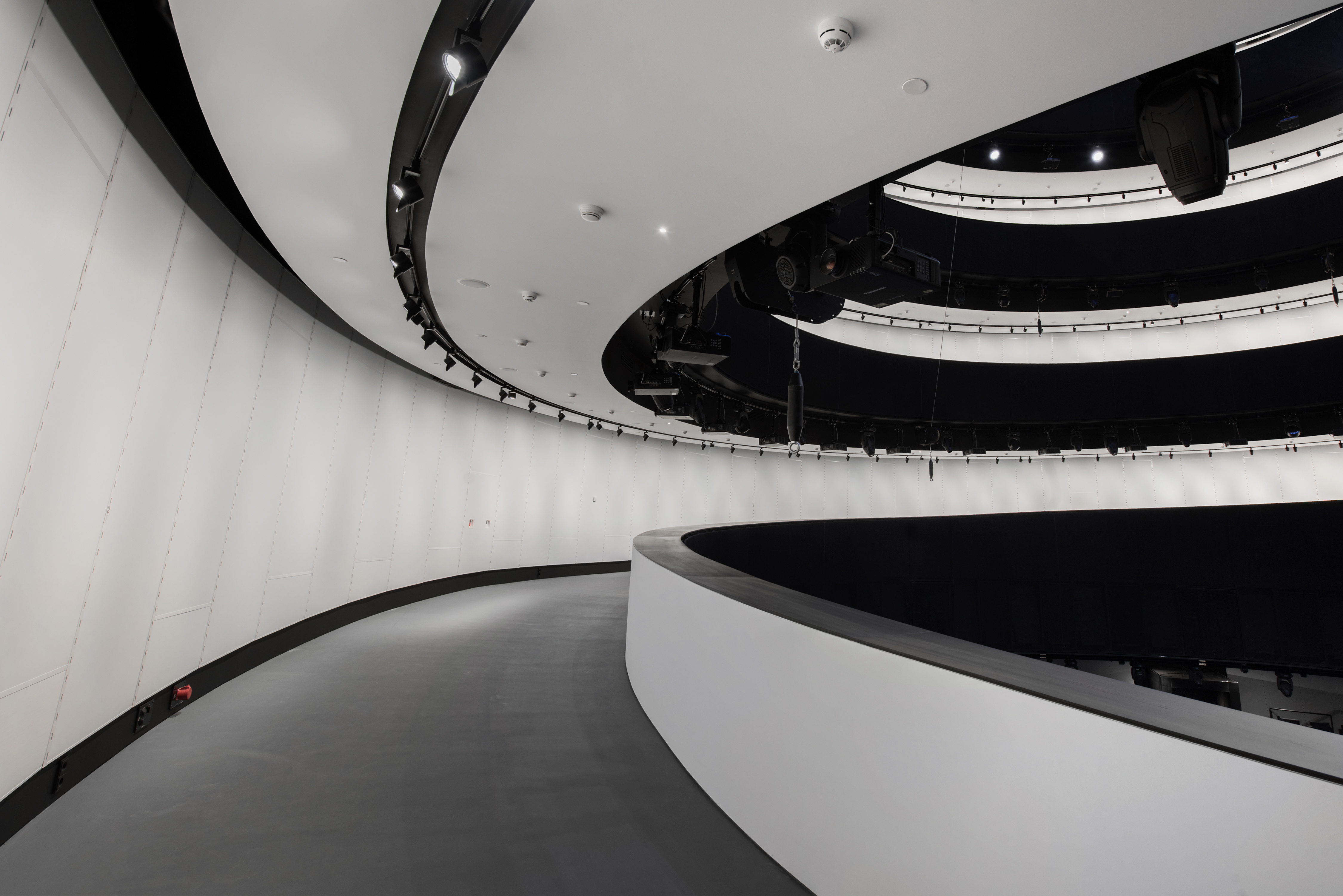
Shaped like a giant pyramid, the structure was designed as a key focal point for the Skolkovo Innovation Centre.
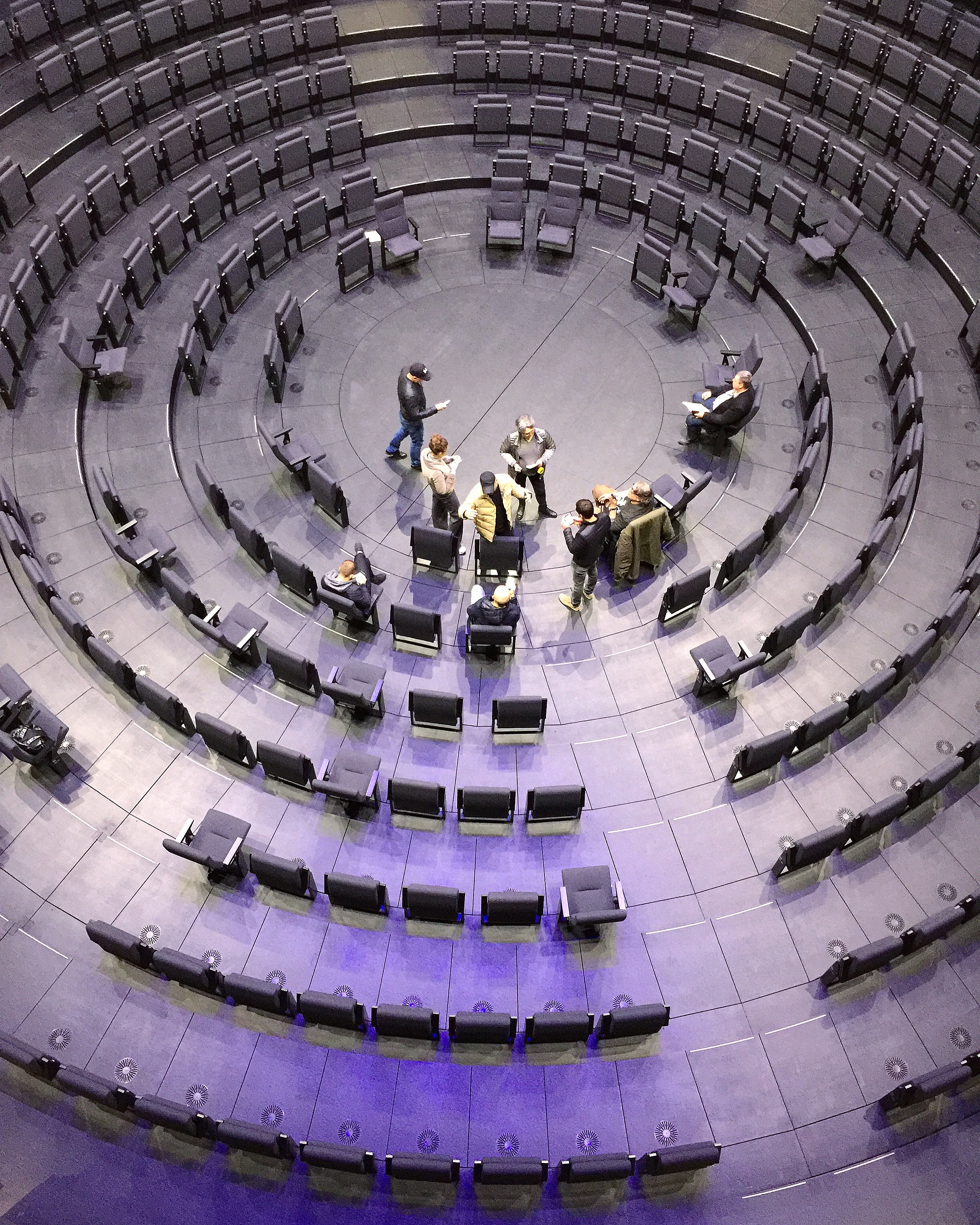
Its strong, hard exterior shape is contradicted by its softer, curvier interior, a contrast that echoes the huge variety in uses that it houses.
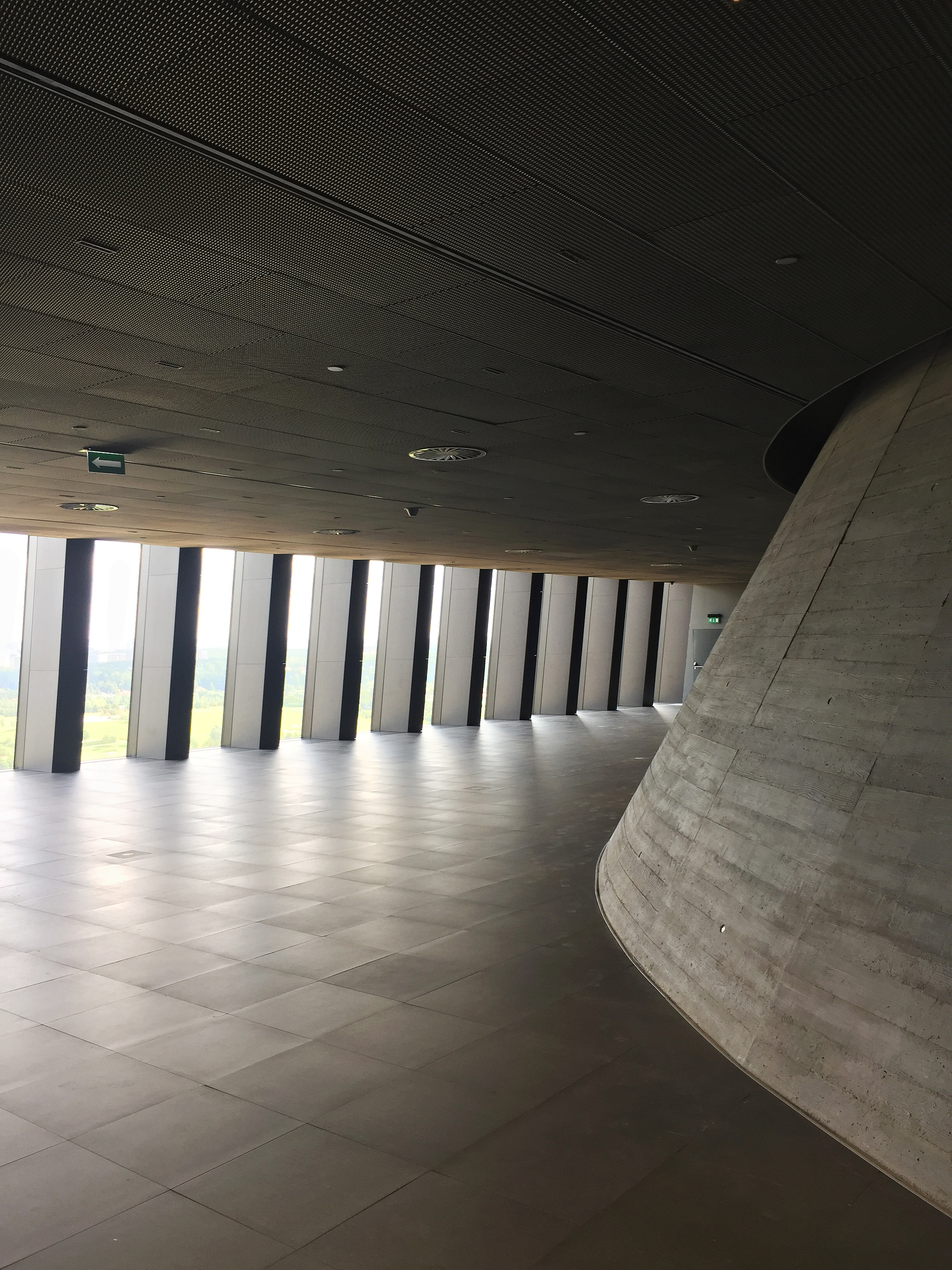
Part of the interior will be dedicated to offices for business start-ups.
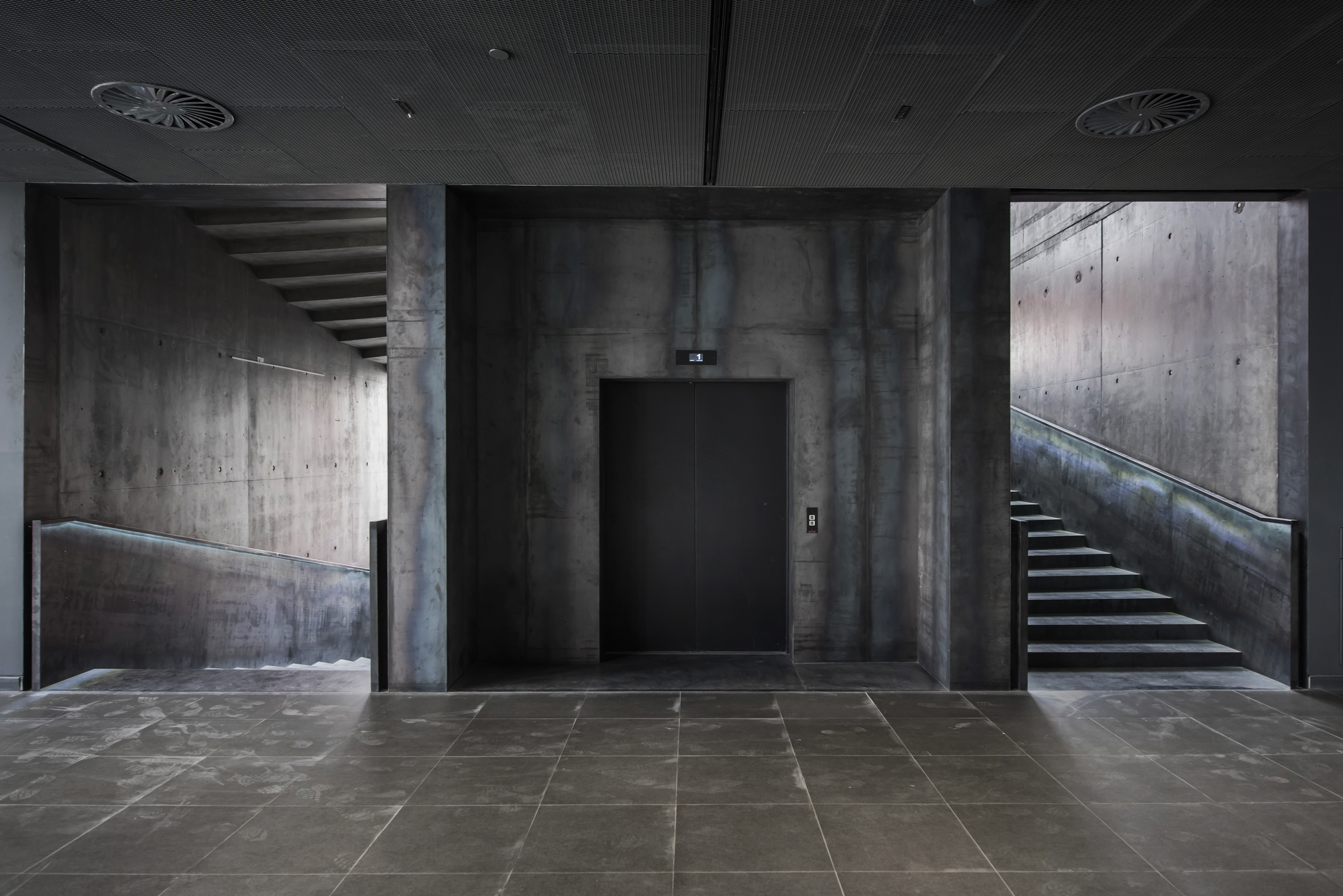
A clean and easily legible circulation area in naked concrete connects the different parts of the building.
INFORMATION
For more information visit the Boris Bernaskoni website
Receive our daily digest of inspiration, escapism and design stories from around the world direct to your inbox.
Ellie Stathaki is the Architecture & Environment Director at Wallpaper*. She trained as an architect at the Aristotle University of Thessaloniki in Greece and studied architectural history at the Bartlett in London. Now an established journalist, she has been a member of the Wallpaper* team since 2006, visiting buildings across the globe and interviewing leading architects such as Tadao Ando and Rem Koolhaas. Ellie has also taken part in judging panels, moderated events, curated shows and contributed in books, such as The Contemporary House (Thames & Hudson, 2018), Glenn Sestig Architecture Diary (2020) and House London (2022).
-
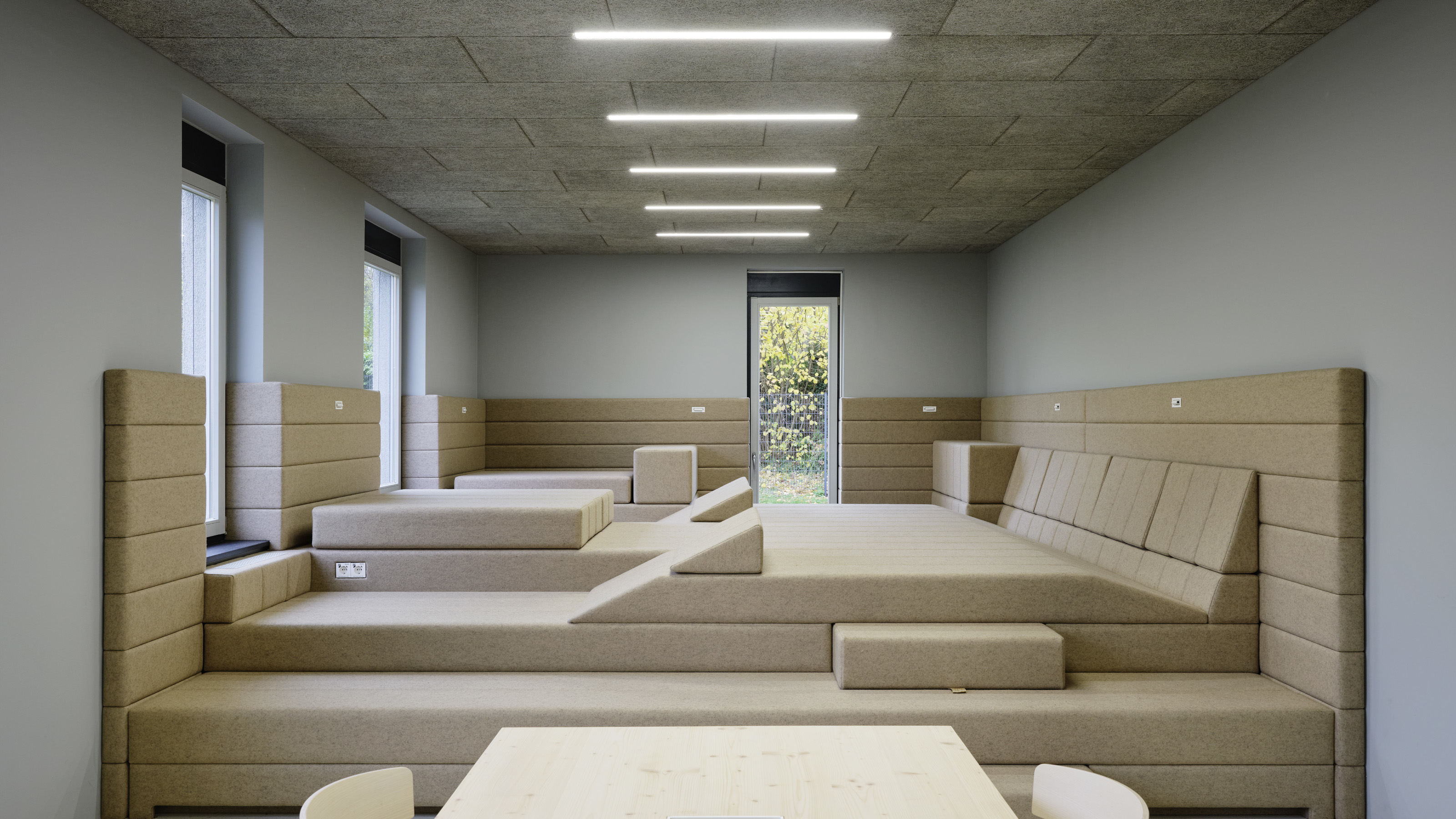 Multi-functional furniture, integrated planting and a felt landscape shape this new office
Multi-functional furniture, integrated planting and a felt landscape shape this new officeZeller & Moye’s new HQ space for a German IT company has been designed to accommodate every kind of office working situation, from introverted cubicles through to flexible open-plan spaces
-
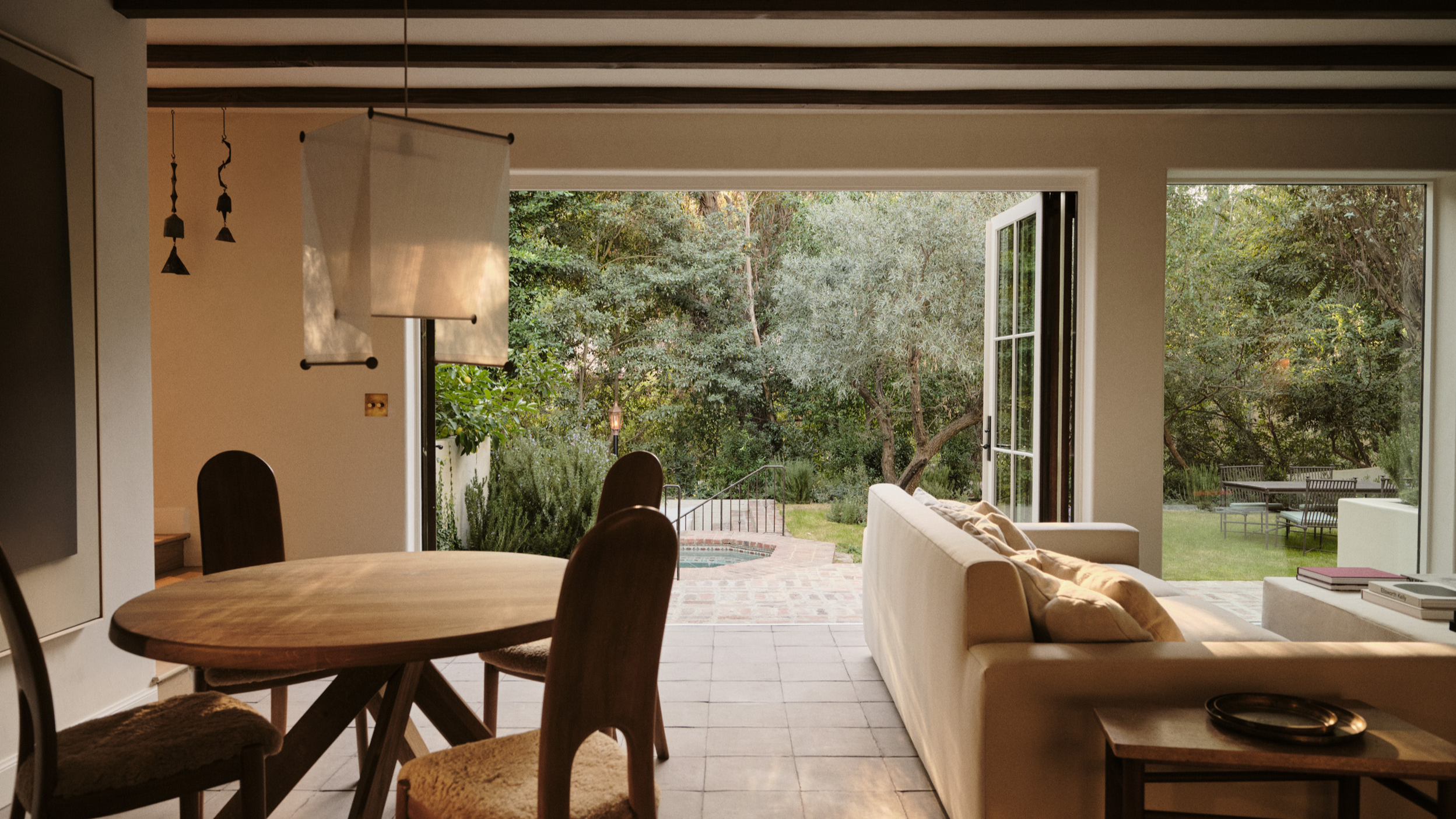 Step inside a Hollywood Hills home where European design meets Californian ease
Step inside a Hollywood Hills home where European design meets Californian easeLA studio Broad Project takes us inside its cinematic renovation of a 1960s Spanish Revival home in the Hollywood Hills
-
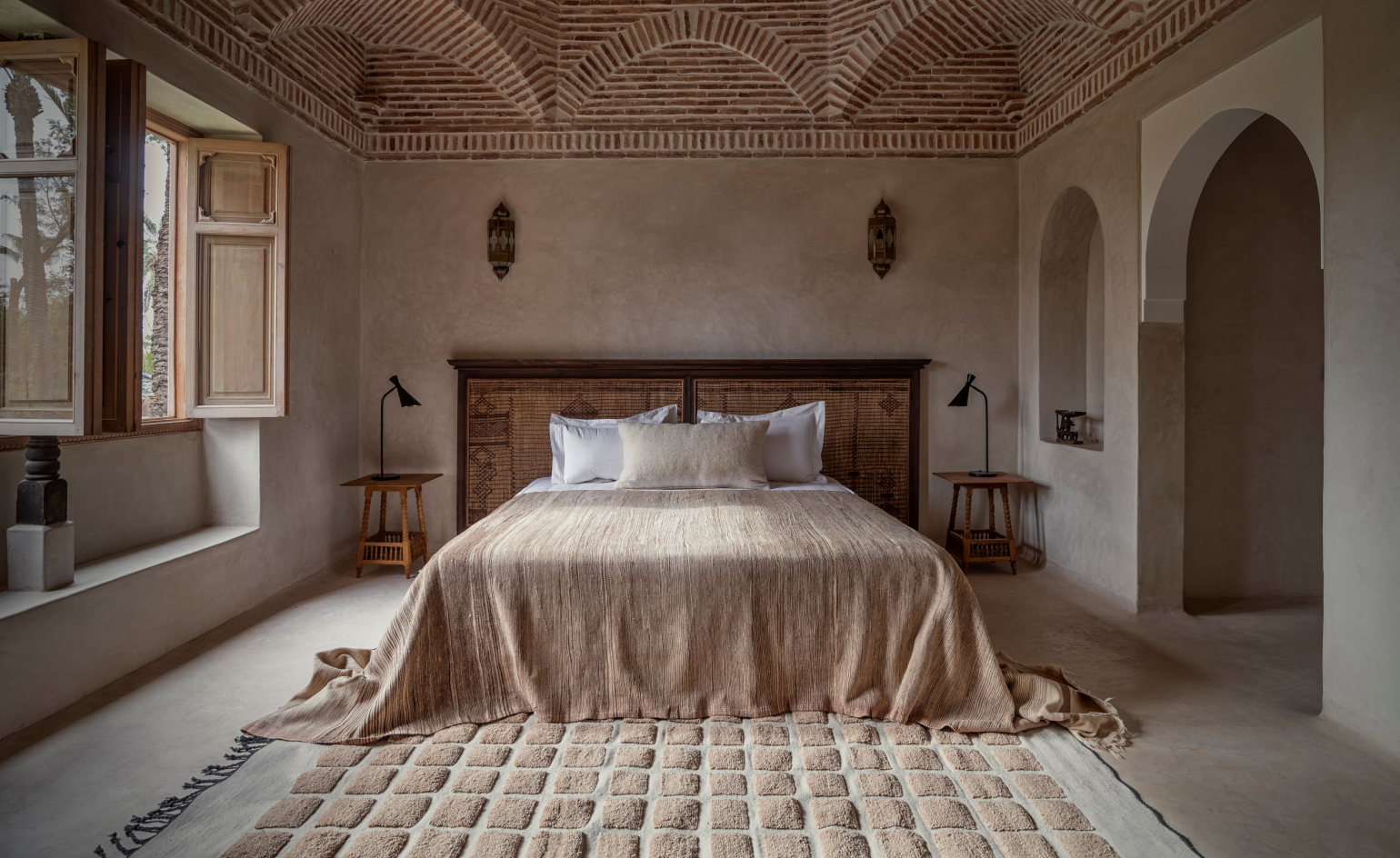 Wallpaper* checks in at Jnane Rumi: clarity, reflection and connection
Wallpaper* checks in at Jnane Rumi: clarity, reflection and connectionIn the quiet tranquillity of Marrakech’s Palmeraie, Jnane Rumi evokes a rich and colourful tapestry of Moroccan art, craftsmanship and design
-
 The Yale Center for British Art, Louis Kahn’s final project, glows anew after a two-year closure
The Yale Center for British Art, Louis Kahn’s final project, glows anew after a two-year closureAfter years of restoration, a modernist jewel and a treasure trove of British artwork can be seen in a whole new light
-
 You’ll soon be able to get a sneak peek inside Peter Zumthor’s LACMA expansion
You’ll soon be able to get a sneak peek inside Peter Zumthor’s LACMA expansionBut you’ll still have to wait another year for the grand opening
-
 NYC's The New Museum announces an OMA-designed extension
NYC's The New Museum announces an OMA-designed extensionOMA partners including Rem Koolhas and Shohei Shigematsu are designing a new building for Manhattan's only dedicated contemporary art museum
-
 Soviet brutalist architecture: beyond the genre's striking image
Soviet brutalist architecture: beyond the genre's striking imageSoviet brutalist architecture offers eye-catching imagery; we delve into the genre’s daring concepts and look beyond its buildings’ photogenic richness
-
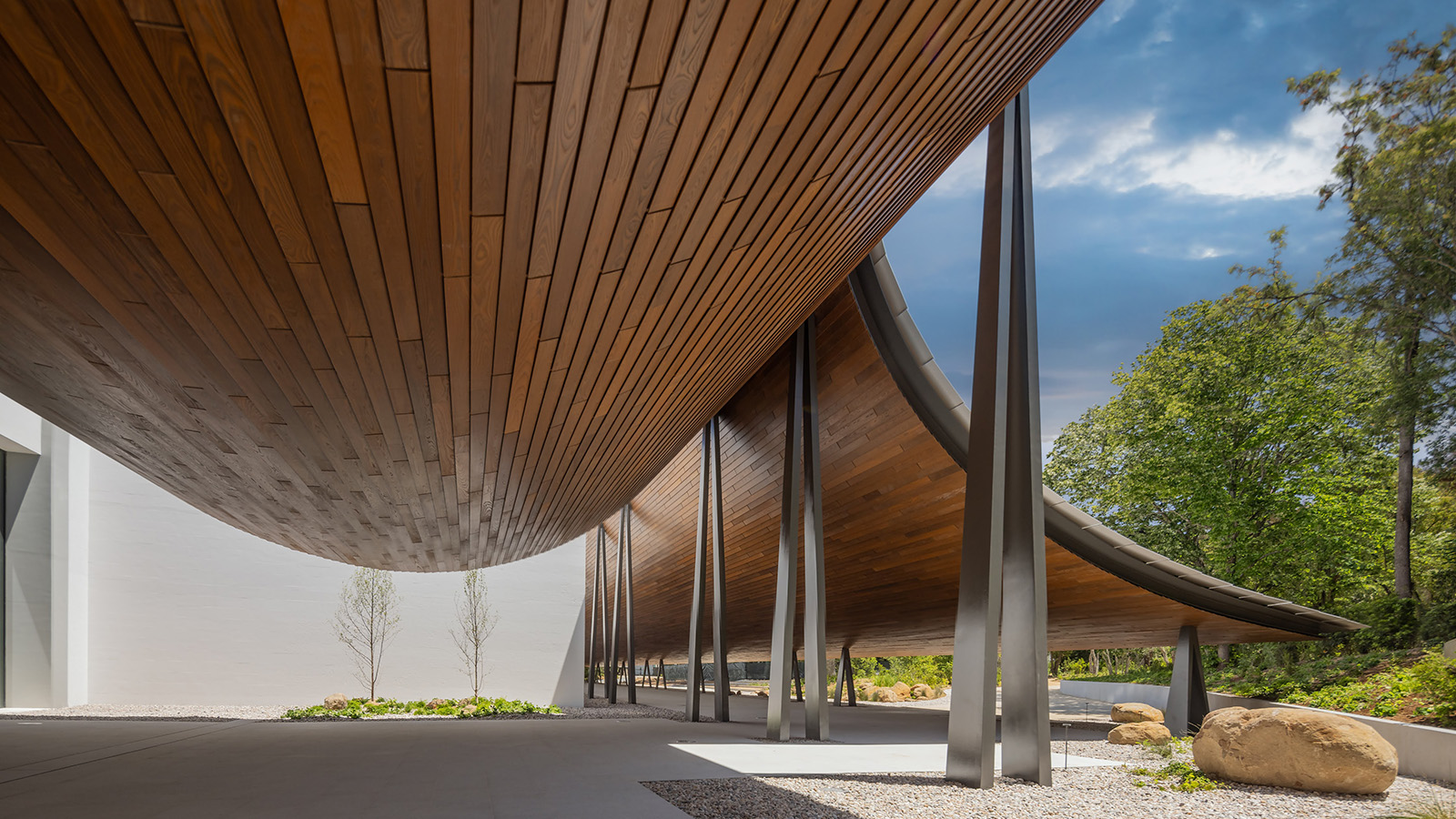 Gulbenkian Foundation's new art centre by Kengo Kuma is light and inviting
Gulbenkian Foundation's new art centre by Kengo Kuma is light and invitingLisbon's Gulbenkian Foundation reveals its redesign and new contemporary art museum, Centro de Arte Moderna (CAM), by Kengo Kuma with landscape architects VDLA
-
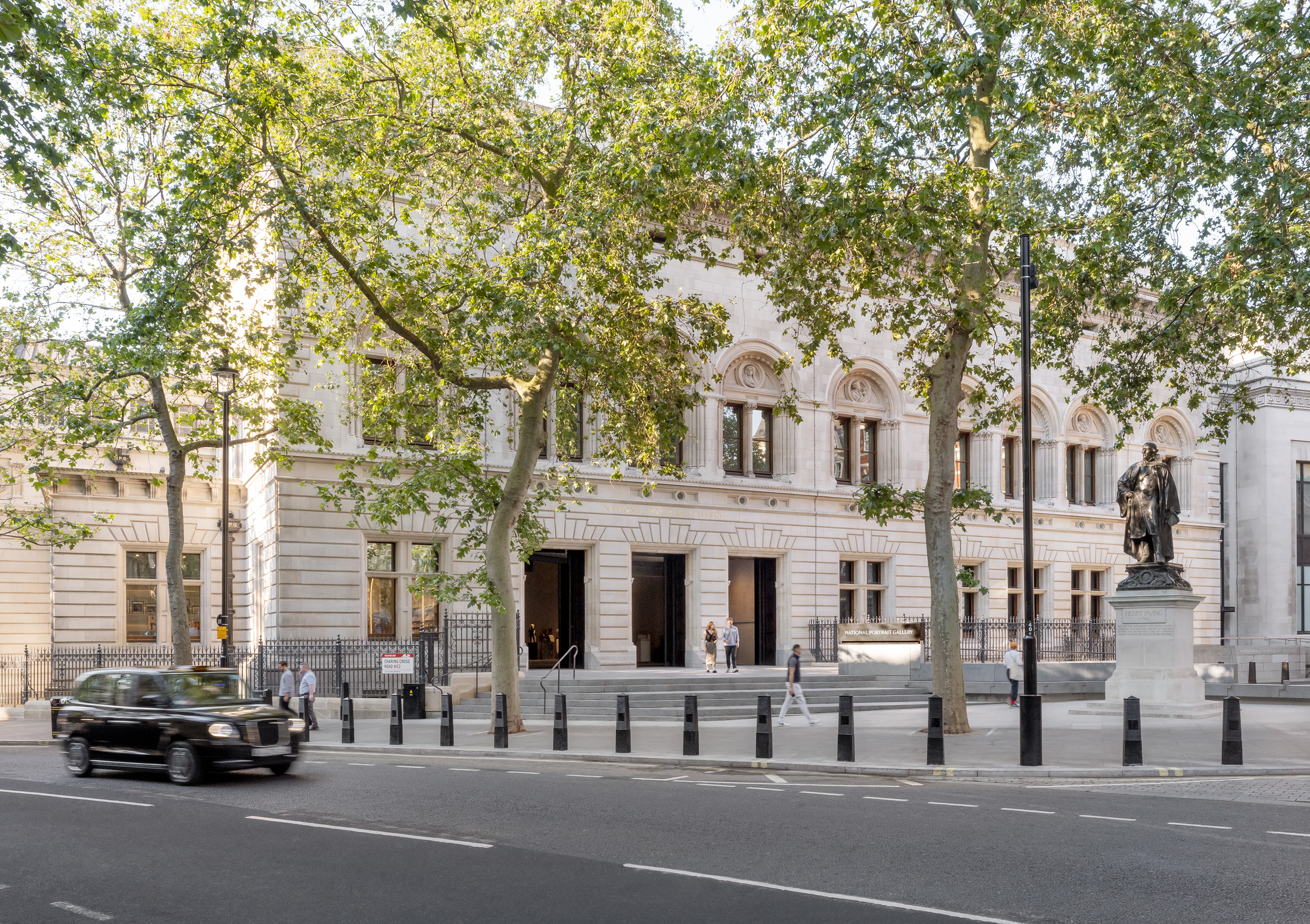 National Portrait Gallery reopens its refreshed home
National Portrait Gallery reopens its refreshed homeLondon’s National Portrait Gallery reopens with a design by leading architect Jamie Fobert and conservation specialist Purcell
-
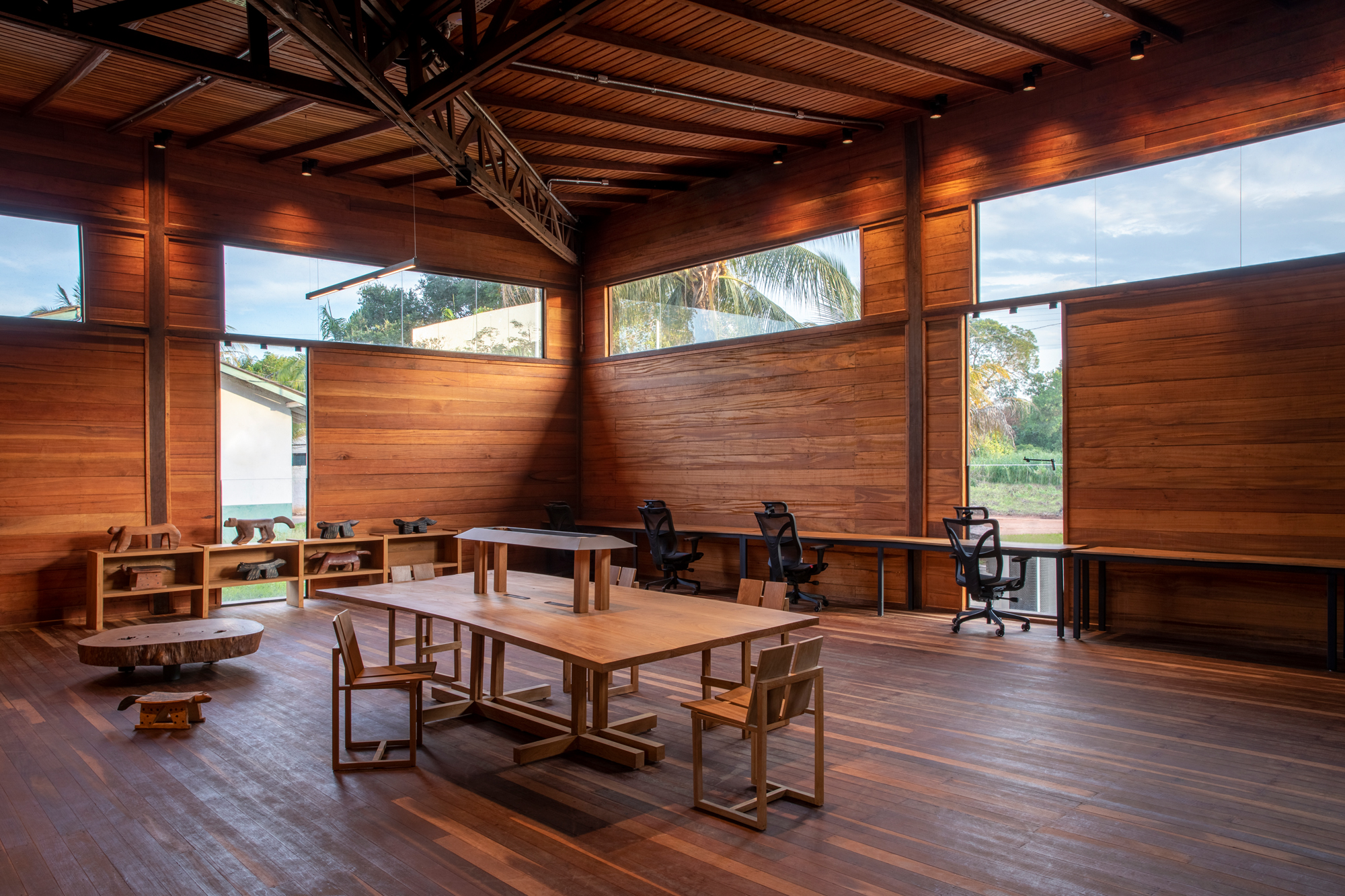 The Museum of Amazonian Science offers global hope and sustainability
The Museum of Amazonian Science offers global hope and sustainabilityAn environmentalist’s ambitious project includes the Museum of Amazonian Science in Brazil and fulfils his vision of powering up the local bioeconomy and saving humanity
-
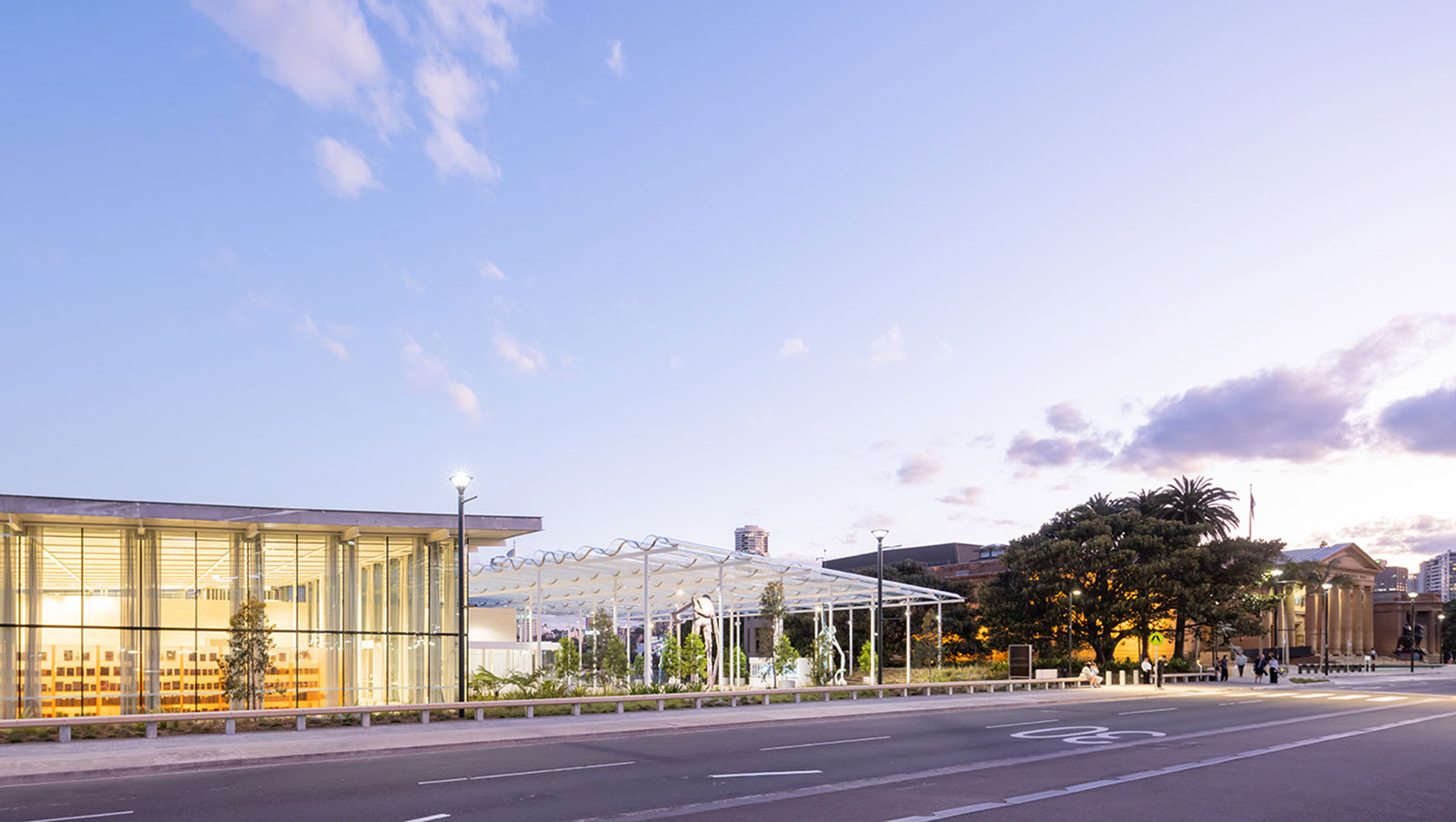 Sydney Modern opens its doors and reveals immersive SANAA architecture
Sydney Modern opens its doors and reveals immersive SANAA architectureSANAA’s Sydney Modern opens its doors to the public in Australia